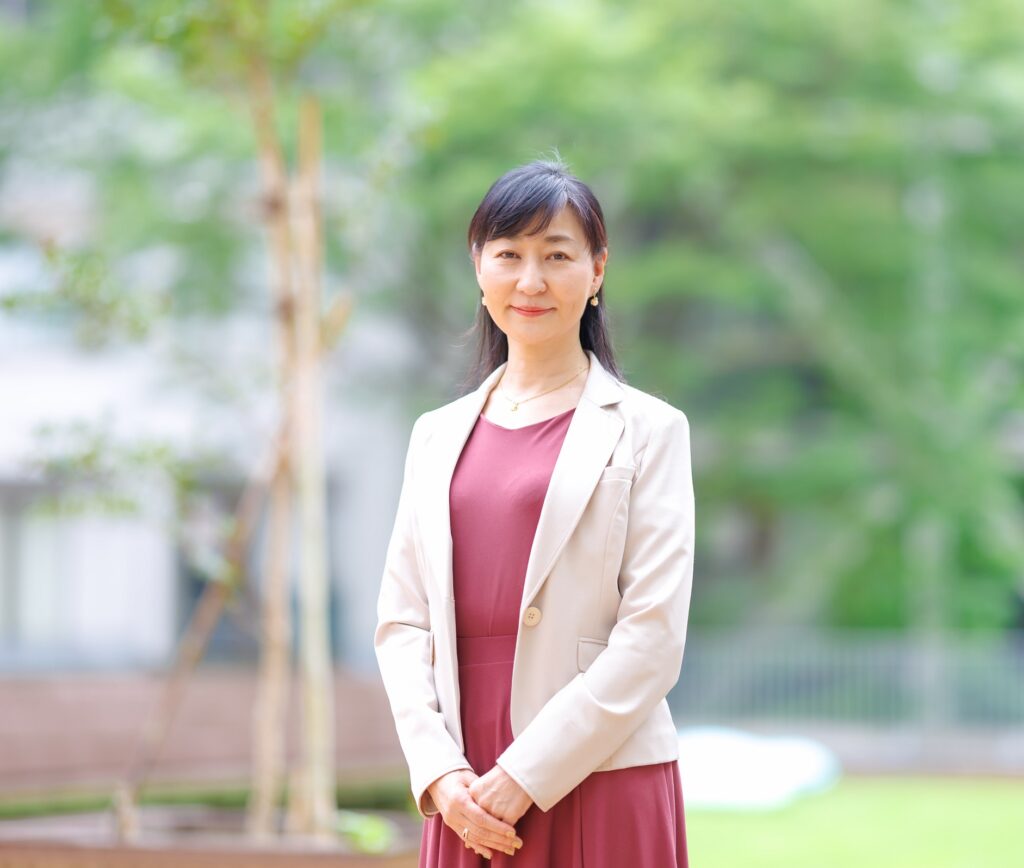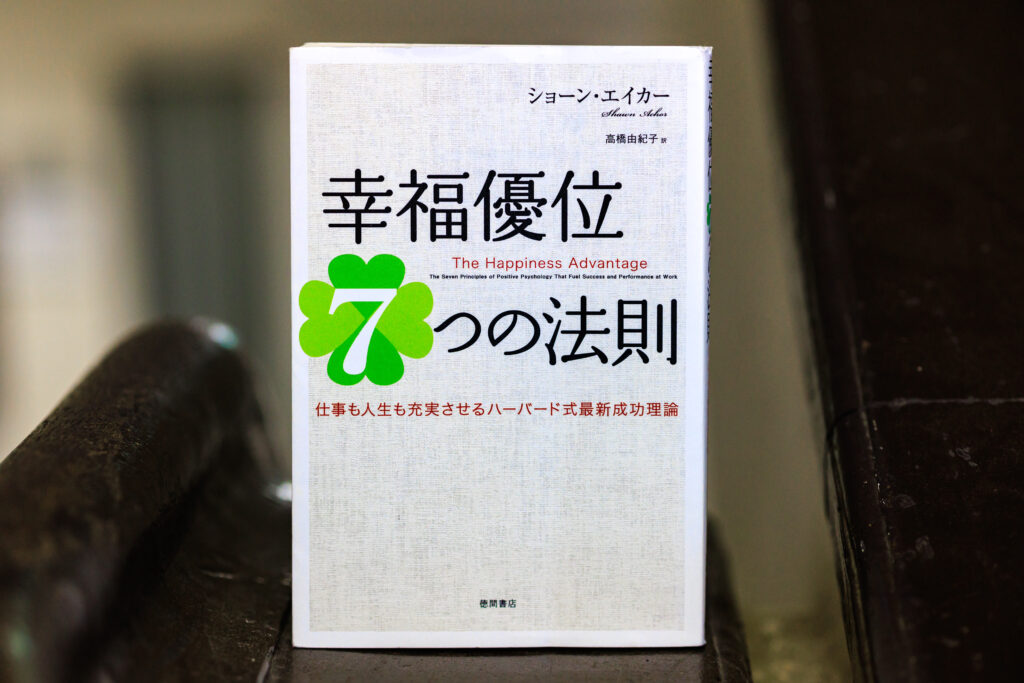
Professor Yoshiko Ohara of the Graduate Degree Program of Applied Data Sciences studies “people analytics,” a branch of data science used to resolve issues related to personnel and organizations. By ensuring that employees are optimally distributed throughout an organization, people analytics seeks to reduce the number of employees taking leaves of absence, or resigning altogether.
Data science seeks to sort and analyze diverse data collected from various sources, and apply it in business and other real-world scenarios. My field of research is a branch of data science known as “people analytics.”
People analytics focuses on data related to employees such as employee attributes, work achievements, movements during work hour, employment training history, and more. My research involves analyzing such data to visualize and resolve personnel and organizational issues.
Using data analysis to achieve optimal personnel distribution

For personnel departments, a long-standing issue has been an increase in the number of employees taking leaves of absence or resigning due to depression and other psychological illnesses.
One way to tackle this issue is to allocate personnel in a more optimal manner, by taking an employee’s skills, character, and human relations into consideration to identify suitable positions and roles.
Previously, personnel distribution relied heavily on the decision-maker’s experience or intuition. But if data analysis can be used to propose optimal allocations of personnel, then decision-makers will not have to rely solely on subjective judgement.
When a superior and subordinate meet to discuss personnel reshuffles, the superior can use visualized data to explain why the subordinate is being moved to a certain department. This will likely be persuasive, and can be used as an objective starting point for further discussions.
Although people analytics has great potential, it has only recently started to be used in Japan; as such, there is still a lack of knowledge regarding how to handle personnel data, to what extent personnel data can be collected and analyzed, and what types of analysis are efficacious. My research seeks to answer these very questions.
In terms of research methods, I scrutinize the various data points that can be used, identify which of these are relevant for people analytics, and establish hypotheses for resolving business issues. Since many data points cannot be used for reasons of privacy, it is important to consider how best to combine the usable data points for the greatest efficacy.
Nurturing specialists and popularizing data science
Previously, my work in data science was for the private sector, and I have also used my expertise as a career counselor to train personnel. I have experienced first-hand how environments that encourage employees to work healthily and energetically are beneficial not only for the employees but also for the organizations and companies they work for.
One of the goals of my research is to create work environments that enable as many people as possible to find happiness.
In an earlier study, I analyzed the reasons behind and the specific triggers that led to some students taking leaves of absence from university. I used various data points—such as what time of day their courses took place, or how frequently they used the library—but I also created a new data point: using data from medical examinations, I tracked changes over time of their body mass index (BMI).
I discovered that students were several times more likely to take leaves of absence after significant changes in their BMI, whether weight loss or gain, and this proved to be a more useful identifier of leaves of absence than other data points. This, too, is an example of data science at work.
At present, I am focused on training experts in data science who will play an essential role in expanding the adoption of people analytics and other forms of data. The Graduate Degree Program of Applied Data Sciences opened in April 2023 and, in addition to current students, has attracted adult learners not in full-time education. I am enthused by the idea of working with them all to create a new future.
The book I recommend
“The Happiness Advantage”
by Shawn Achor, Japanese translation by Yukiko Takahashi, Tokuma Shoten

This book teaches the idea that happiness leads to success, and not the other way round. It provides a simple introduction to the theory of positive psychology, which made waves in the U.S., and contains content that is useful for fostering positive mental health in the workplace. It is also related to my current research, and holds many memories for me.
-
Yoshiko Ohara
- Professor
Graduate Degree Program of Applied Data Sciences
- Professor
-
Professor Yoshiko Ohara graduated with a bachelor’s degree from the Department of Mathematics, College of Liberal Arts, Tsuda University. After working at The Industrial Bank of Japan Ltd., SAS Institute Japan Ltd., Accenture Japan Ltd., and Mitsubishi Research Institute DCS Co., Ltd., Ohara was appointed to her current position in 2023.
- Graduate Degree Program of Applied Data Sciences
Interviewed: May 2023